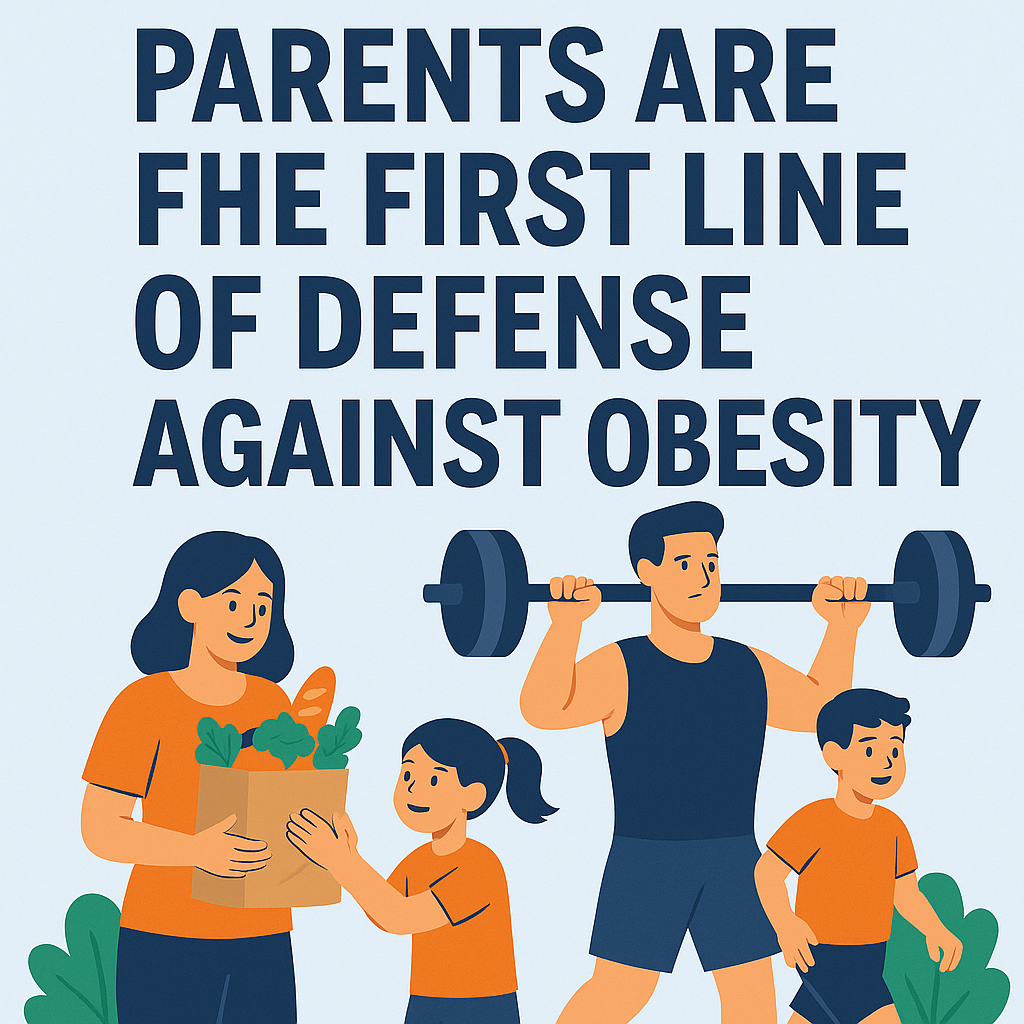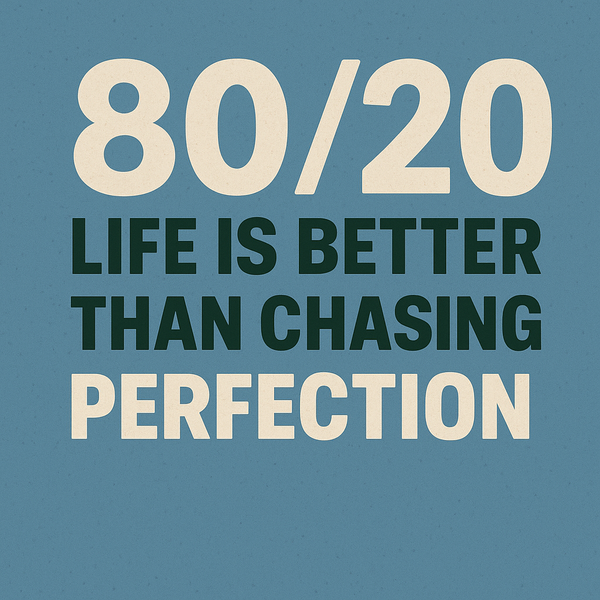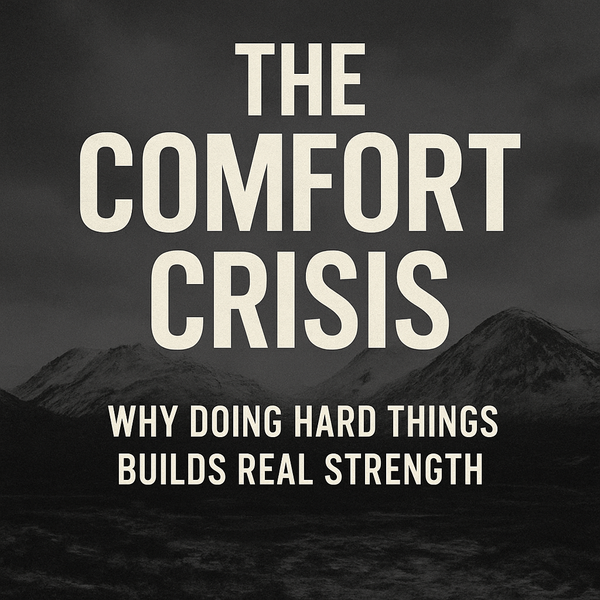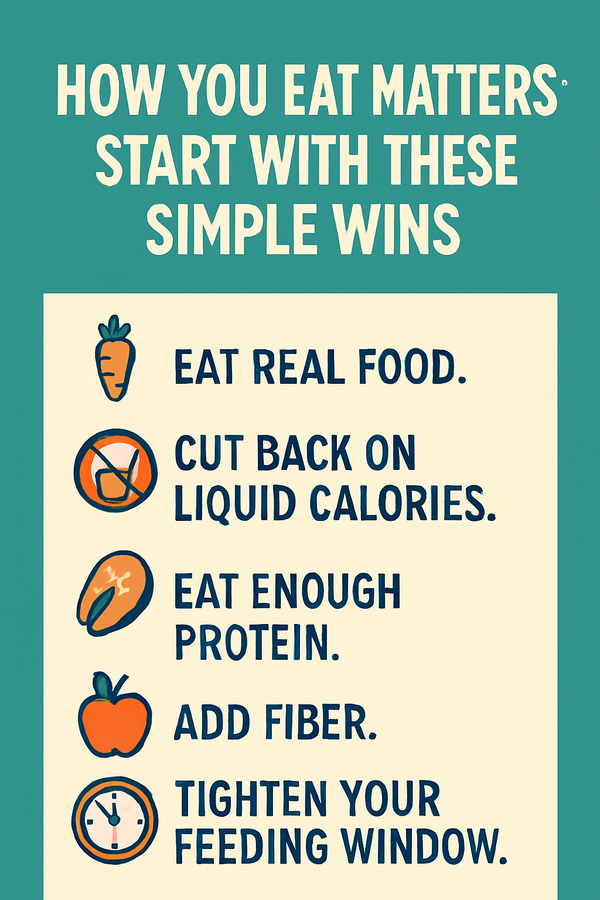Parents Are the First Line of Defense Against Obesity

One of the most sobering realizations in parenthood is this: our children are watching everything. They don’t just listen to what we say—they model what we do. That includes how we handle stress, how we treat people, how we move our bodies, and especially… how we eat.
Recently, I was watching sports and got angry—yelled at the screen. The next day, my 7-year-old son was yelling at his iPad. When my wife sarcastically asked him why, he said, “Because I saw Daddy yell on TV when something didn’t go right.”
That hit me. Hard.
Now, this blog isn’t about perfect parenting. We all mess up. But it is about recognizing that we’re shaping the foundation of how our kids engage with the world—and with their own bodies and health—for the rest of their lives.
What They See Is What They Learn
If your kid sees you eat fast food five nights a week, guess what becomes normal to them?
If they see you move your body regularly, go on walks, lift weights, or play sports—even just for fun—they absorb that too. They may not do it perfectly or even want to join at first, but they notice.
I’ve seen countless videos of parents working out at home and their kids jumping in to mimic them. Sometimes they just get in the way and mess up the flow—but even that is a win. They’re seeing movement as normal. As fun. As part of life.
School Isn’t Teaching This Stuff—You Have To
I recently came across a video about the Japanese school system. Kids are taught nutrition through hands-on education. They eat fresh, homemade meals from scratch—no processed junk. They learn where their food comes from, why it matters, and how to build healthy habits.
Meanwhile, in the U.S., many schools have cut recess, offer barely edible “healthy” lunches, and skip nutrition education entirely. Even when they try, it’s often superficial. So as parents, we have to fill in the gaps. That’s our job. Complaining doesn’t change anything—but consistent leadership at home does.
Real Life, Real Influence: Where It Starts
You control what food is in your house. A hungry kid will eat what’s available. So if your pantry is filled with chips, cookies, and sugar bombs, that’s what they’ll reach for. You don’t need to ban everything, but you do need to build a base that supports good choices.
One of the most underrated parenting hacks? Just don’t buy the junk.
If the option is between an apple and a rice bowl, they’ll eat one. Hunger drives behavior. Same goes for adults.
Make Healthy Food Fun (and Tasty)
I’m not here to tell you to steam broccoli and make your kids choke it down. Learn to cook. Roast your vegetables. Add garlic salt. Toss in a little parmesan. Suddenly, cauliflower doesn’t taste like cardboard—it tastes like dinner.
In our house, we often build big Chipotle-style bowls: rice, a protein (steak, chicken, fish), and then mix in small, cooked veggie pieces—broccoli, asparagus, beans, bok choy. The kids eat it all because it’s part of something they like.
Expose them to variety. My kids crush sushi. They love steak. That didn’t happen by accident—we introduced those foods early and often. And when they try something new, they get rewarded—not always with food, but sometimes with a small treat. If they eat their meal, yes, they might get ice cream later. It’s not about being rigid. It’s about building a balanced, flexible relationship with food.
You Don’t Have to Be Perfect—You Just Have to Be Present
I’ll write more about this in future blogs, but let me say this: showing up is 80% of the battle. You don’t need to run a nutrition bootcamp at home. You just need to lead by example and care enough to think about what habits you’re normalizing.
If your child is moving daily, eating a mostly whole-food diet, learning to try new things, and seeing you take care of your body—they’re already winning.
Movement, Screens, and the “Dose” Rule
Screens aren’t evil. My kids watch TV, play games, and use tablets. That’s modern life. But the dose matters. Too much of anything—including iPads—is a problem. That’s why we get outside every day. We take morning walks. We talk about sunlight and sleep and being strong. Not in a rigid, obsessive way—but in a this-is-just-how-we-do-things kind of way.
Normalize activity. Enroll them in sports. Try music lessons. Dance. Martial arts. Anything that pulls them away from screens and into something real and enriching.
Because the alternative is just passive consumption—calories, content, and eventually consequences.
You’re Building Culture, Not Control
What you do at home becomes your family’s health culture. Not just what you eat, but how you eat. Not just what you say, but what you show. You’re not just raising kids—you’re shaping their default settings for life.
And in a world that’s pushing convenience, processed food, and passive entertainment at every turn… you are the first line of defense.
Bonus Tips Recap:
- Roast your veggies. Garlic salt and parmesan go a long way.
- Make bowls: rice, protein, diced veggies.
- Reward trying new foods—but don’t punish disliking them.
- Introduce variety often, early, and with excitement.
- Keep junk food out of the house—or rare.
- Walk daily, move often, and invite your kids to join.
- Set the tone. You don’t need perfection—just presence.
Want more like this? Subscribe to the Fit Filter Digest and stay tuned for upcoming content on parenting, nutrition, and raising stronger, healthier kids. Or book a free 1 on 1 consultation where I can outline a plan help you start living your healthiest life.






